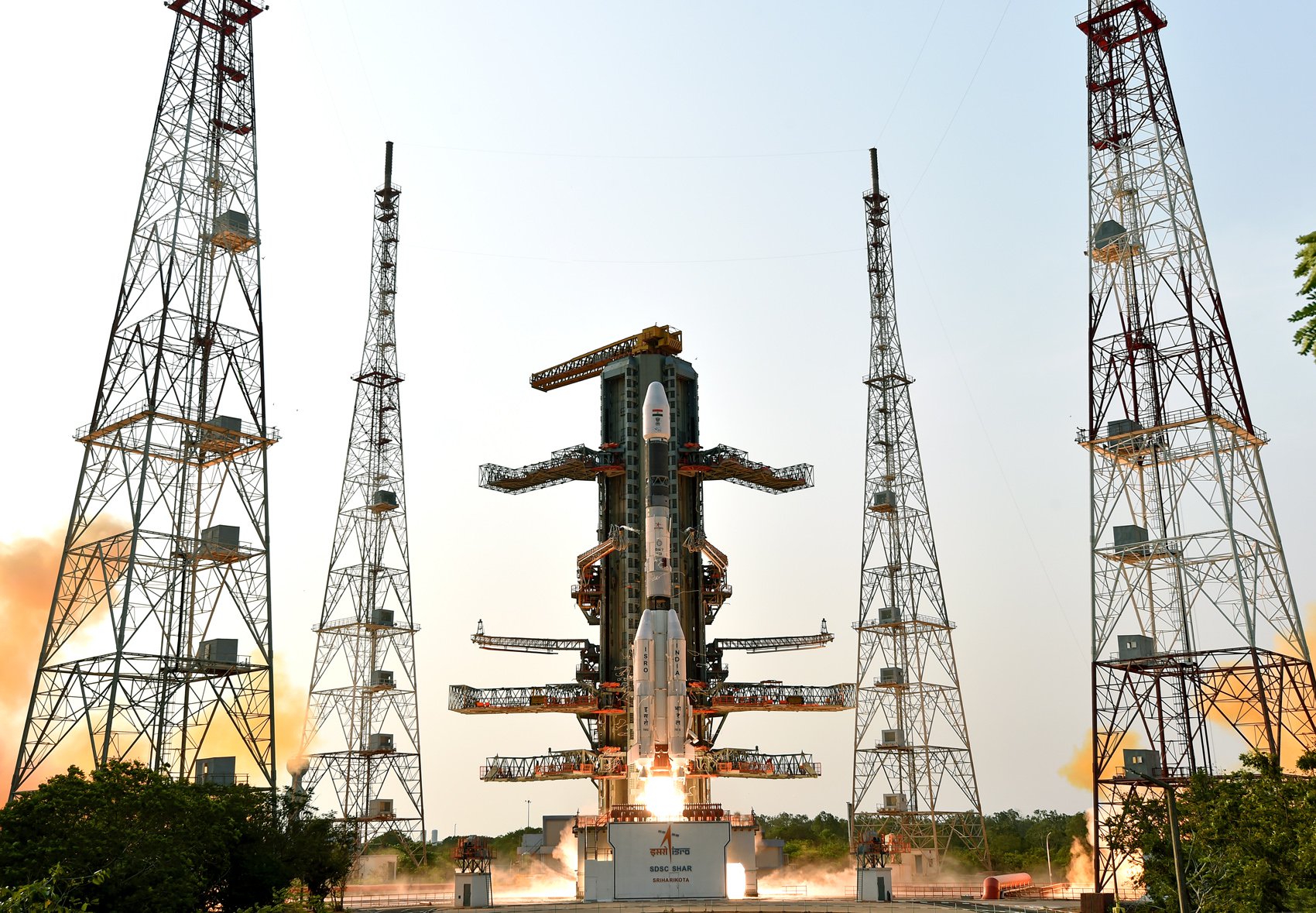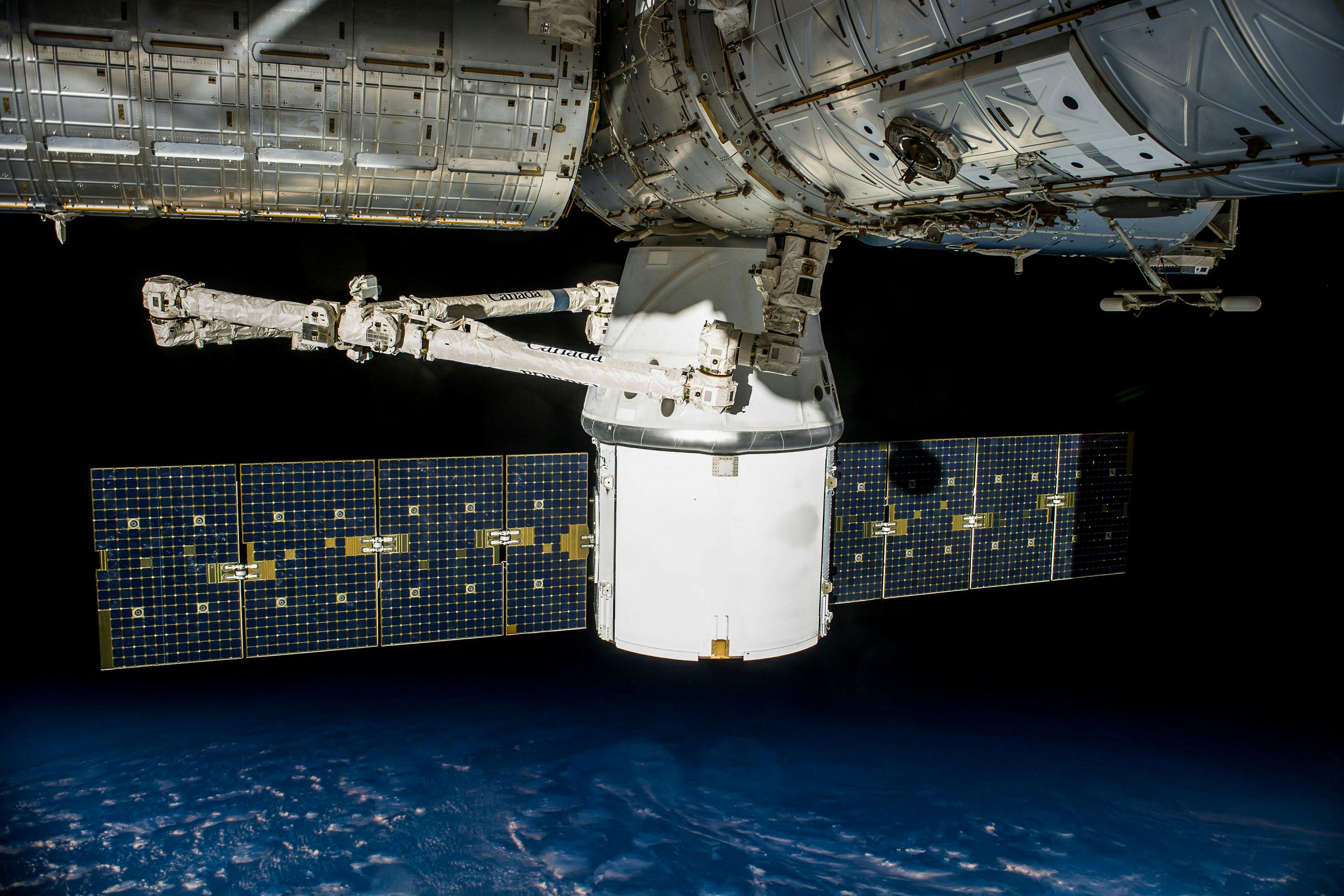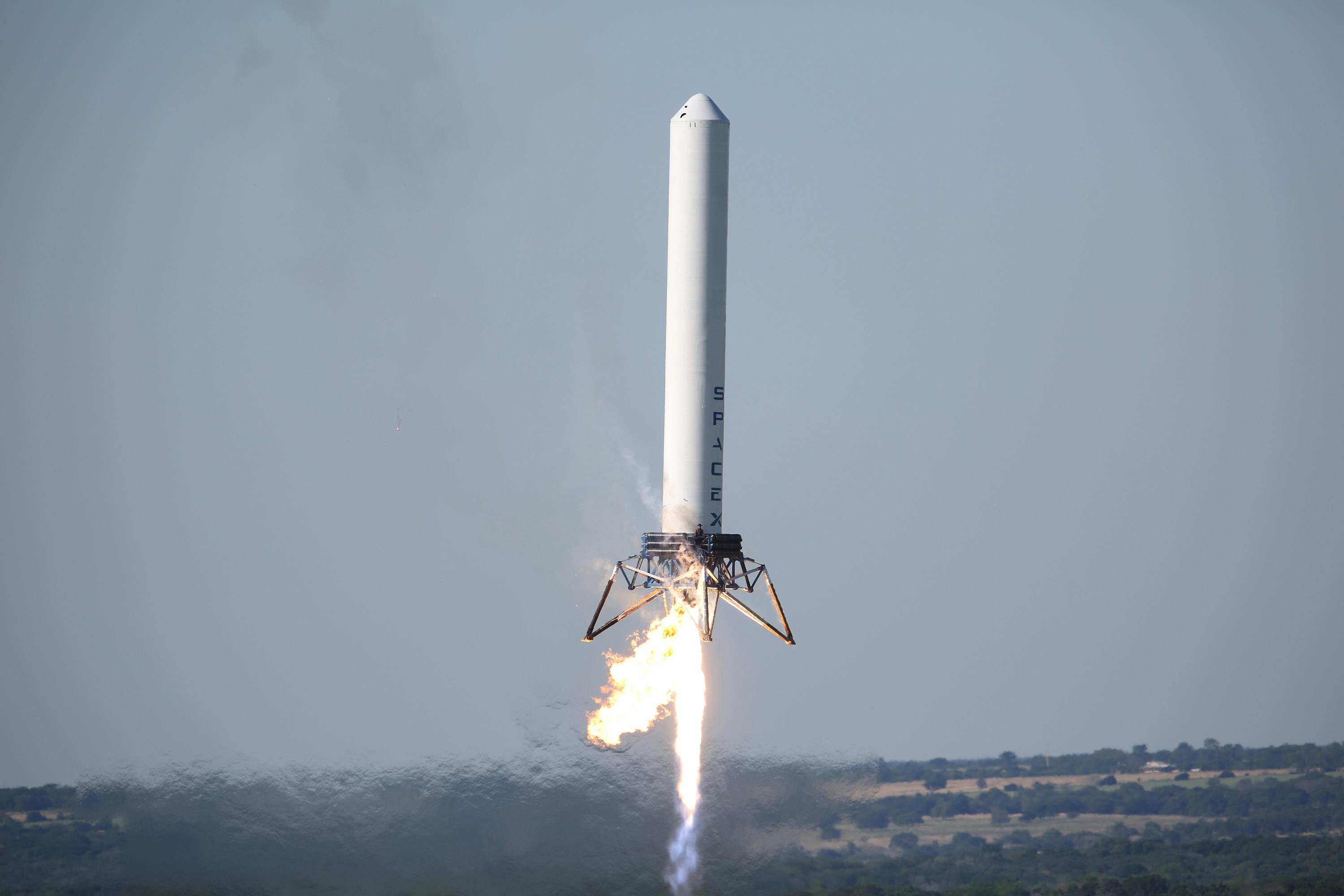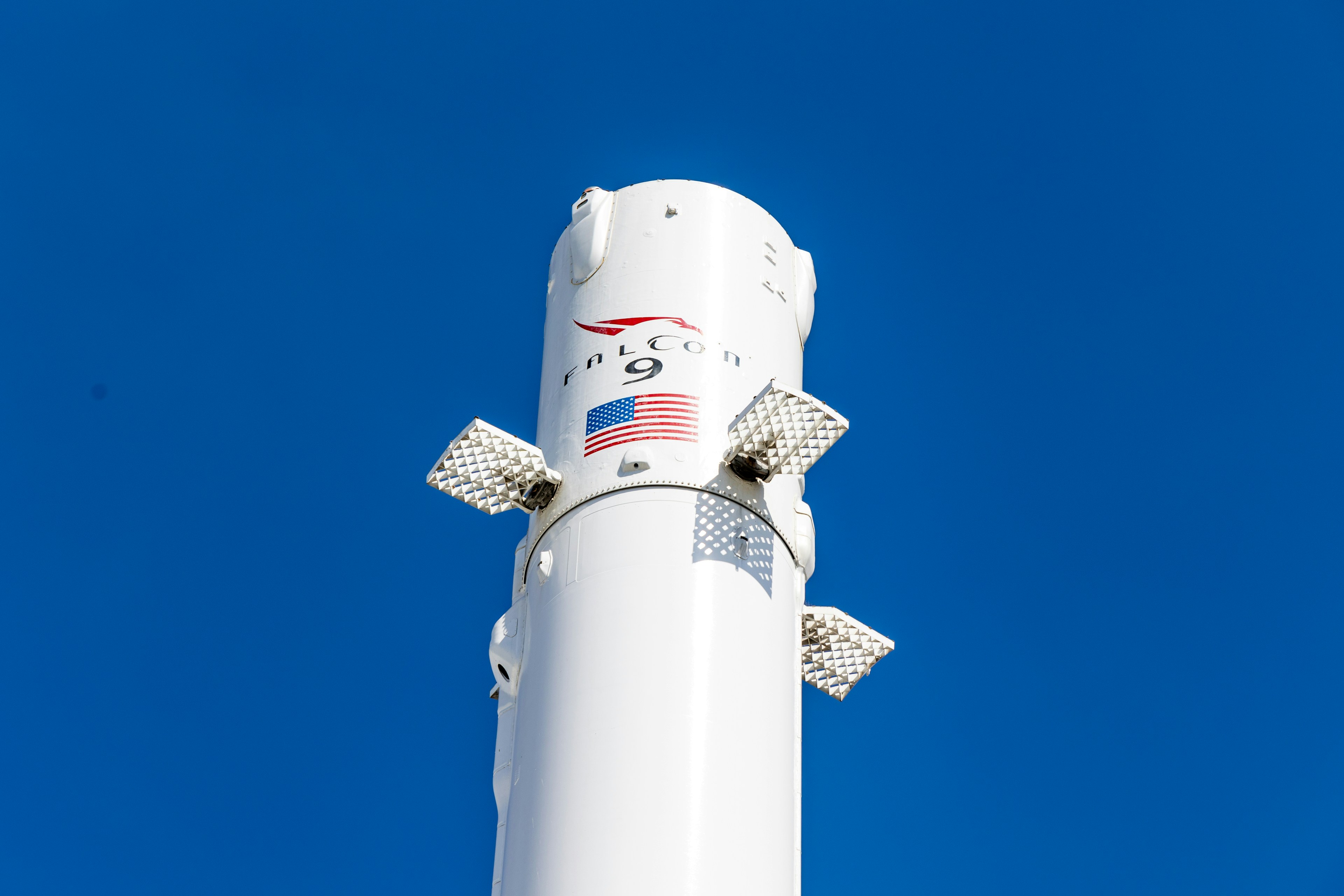· space brief · 6 min read
Space Brief 1 Jun 2025
Today's highlights cover critical satellite launches including SpaceX's GPS III mission, advancements in SATCOM technology, and changes in NASA leadership.

📄Top Stories
SpaceX has successfully launched the latest GPS III satellite for the U.S. military, enhancing global positioning capabilities. Meanwhile, Kymeta and Eutelsat OneWeb have deployed a new dual-orbit SATCOM terminal to support defense networks. In other news, changes in NASA leadership are underway as the White House withdraws Jared Isaacman’s nomination.
📰Detailed Coverage
SpaceX Launches Latest GPS III Satellite
SpaceX launched the GPS III SV-08 satellite for the U.S. military from Cape Canaveral Space Force Station, continuing the modernization of the American GPS constellation. This satellite, built by Lockheed Martin, is the eighth in a series that promises advanced accuracy and anti-jamming capabilities crucial for both military and civilian use.
This launch underscores SpaceX’s pivotal role in national defense satellite operations and represents a significant enhancement to precision tracking and navigation, both of which can be seamlessly tracked through our web app’s satellite monitoring features.
Read the full story: SpaceNews
Kymeta and Eutelsat OneWeb Enhance SATCOM for Defense
Kymeta and Eutelsat OneWeb have released the Goshawk u8 terminal, designed for versatility across LEO and GEO networks and aimed at government and military customers seeking robust communication solutions. This technology responds to increasing demands for resilient and seamless connectivity, crucial for global defense operations.
The new dual-orbit terminal facilitates reliable satellite communications essential for modern defense strategies, offering operational flexibility and enhanced data transfer capabilities.
Read the full story: Space Daily
SpaceX Adds More Satellites to Starlink Constellation
SpaceX’s recent launch from Vandenberg Space Force Base deployed 27 new Starlink satellites, further expanding the company’s burgeoning broadband internet service. This mission marked the remarkable 25th flight of the particular Falcon 9 first stage booster used in the launch.
The additional satellites boost the overall capability and coverage of the Starlink network, which aims to provide high-speed internet globally, particularly in remote and underserved regions.
Read the full story: SpaceFlight Now
Changes in NASA Leadership Amid Budget Challenges
The White House has decided to withdraw Jared Isaacman’s nomination for the position of NASA Administrator, adding to the agency’s current challenges of proposed budget reductions. This development could lead to strategic shifts as NASA navigates funding constraints and leadership transitions.
The withdrawal of Isaacman’s candidacy comes at a pivotal moment for NASA, as it continues to advance its mission goals amid financial and political pressures.
Read the full story: SpaceNews
U.S. Asserts Strategic Presence in Indo-Pacific Region
In a significant political development, the U.S. expressed its unwavering commitment to maintaining a strategic presence in the Indo-Pacific, emphasizing the importance of regional stability. This comes amid growing geopolitical tensions and calls for increased defense spending among allies.
The U.S.’s strategic standpoint is pivotal in ensuring freedom of navigation and security in the region, which is crucial for global trade and satellite communication routes.
Read the full story: Breaking Defense
🛰️Satellite Spotlight
- Satellite Name: OPTUS D3
- NORAD ID: 35756
- Launch Date: August 21, 2009
- Mission: OPTUS D3 is tasked with providing communication services, enhancing connectivity across its designated regions.
- Orbit: Geostationary (GEO)
- Operator: OPTUS
- Fun Fact: This satellite features 24 Ku-band transponders, significantly boosting communications capabilities for both commercial and governmental users in its coverage area.
Track this satellite in real-time on our web app: Track OPTUS D3
🌌Space Weather
Current space weather shows Solar radiation storm (S2), Geomagnetic storm (G2), Enhanced solar wind (890 km/s).
R0 - S2 - G2
Next 24 Hours: In the next 24 hours, satellite operators can expect no risk of radio blackouts or solar radiation storms, though severe geomagnetic activity is on the horizon. As conditions are anticipated to rapidly increase with the arrival of a Coronal Mass Ejection (CME) from May 31, G3-G4 (Strong-Severe) conditions are likely, with a chance for G5 (Extreme) levels on June 1-2. On June 3, G1-G2 (Minor-Moderate) conditions are expected to persist. This may affect satellite communications and tracking, possibly leading to increased drag impacts on Low Earth Orbit (LEO) satellites. Ground-based radars and telescopes should remain operational, but heightened geomagnetic activity warrants careful monitoring.
Beyond: The forecast from May 26 to June 21, 2025, indicates that solar activity is likely to reach moderate levels (R1-R2/Minor-Moderate), with a chance for R3 (Strong) activity over the next three days as Region 4098 (S04, L=021) moves toward the western limb of the Sun. There remains a potential for M-class X-ray activity (R1-R2) due to multiple active regions. No proton events are anticipated at geosynchronous orbit. The greater than 2 MeV electron flux at geosynchronous orbit is expected to be high from May 30 - June 5 and June 14-21, influenced by recurrent coronal holes. Geomagnetic activity is projected to be mostly elevated, with G1 (minor) geomagnetic storms likely on June 13-14. Active conditions are predicted over several days in early June, with unsettled periods around late May and early June. Quiet conditions are only expected on June 8-9. This outlook highlights potential impacts on satellite operations, communications, and tracking, particularly during peak activity periods.
🚀Upcoming Space Launches
June 2
- SpaceX Falcon 9:
- Starlink Group 12-19 from Cape Canaveral Space Force Station (04:57 UTC) A batch of 23 satellites for the Starlink mega-constellation - SpaceX’s project for space-based Internet communication system.
- Rocket Lab Electron:
- Full Stream Ahead (BlackSky Gen-3 2) from Rocket Lab Launch Complex 1, Mahia Peninsula, New Zealand (23:30 UTC) 2nd of the BlackSky Gen-3 high resolution Earth-imaging satellites.
June 3
- SpaceX Falcon 9:
- Starlink Group 11-22 from Vandenberg Space Force Base (23:50 UTC) A batch of satellites for the Starlink mega-constellation - SpaceX’s project for space-based Internet communication system.
June 7
- SpaceX Falcon 9:
- Sirius SXM-10 from Cape Canaveral Space Force Station (03:00 UTC) SXM-10 is the 11th high-powered, digital, audio radio satellite built by Maxar for SiriusXM.
June 8
- SpaceX Falcon 9:
- Starlink Group 15-8 from Vandenberg Space Force Base (13:34 UTC) A batch of satellites for the Starlink mega-constellation - SpaceX’s project for space-based Internet communication system.
June 9
- SpaceX Falcon 9:
- Axiom Space Mission 4 from Kennedy Space Center (12:46 UTC) This mission will carry a professionally trained commander alongside three private astronauts to and from the International Space Station.
June 13
- United Launch Alliance Atlas V 551:
- Project Kuiper (KA-02) from Cape Canaveral Space Force Station (18:29 UTC) Project Kuiper is a mega constellation of satellites in Low Earth Orbit that will offer broadband internet access managed by Kuiper Systems LLC, a subsidiary of Amazon.
June 18
- ISRO GSLV Mk II:
- NISAR (NASA-ISRO Synthetic Aperture Radar) from Satish Dhawan Space Centre, India (11:30 UTC) The NISAR satellite will use advanced radar imaging to map the elevation of Earth’s land and ice masses, designed to observe and measure complex natural processes like ecosystem disturbances and natural hazards.
Note: Launch dates and times are subject to change due to technical or weather considerations.

Maurice Stellarski





